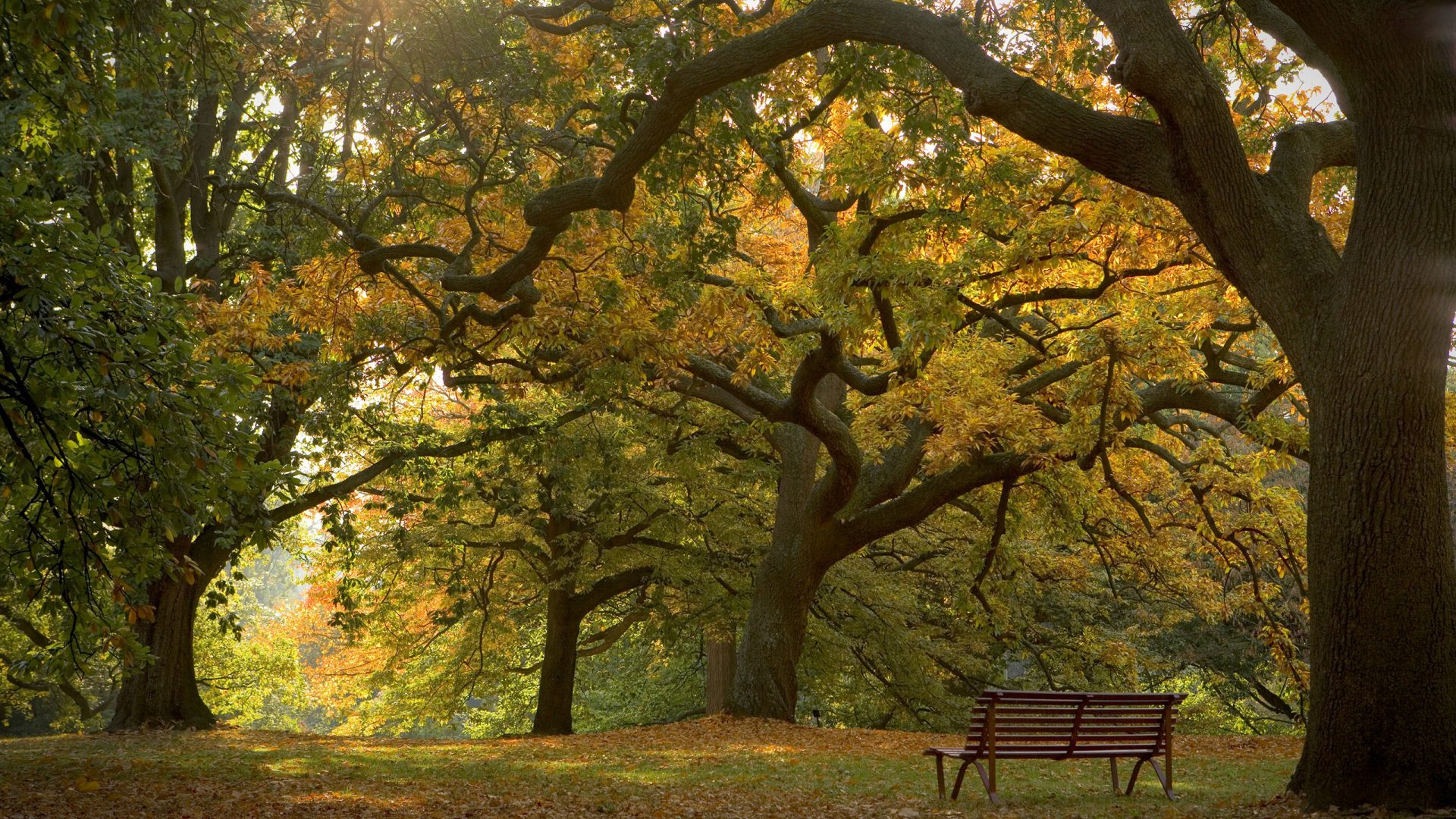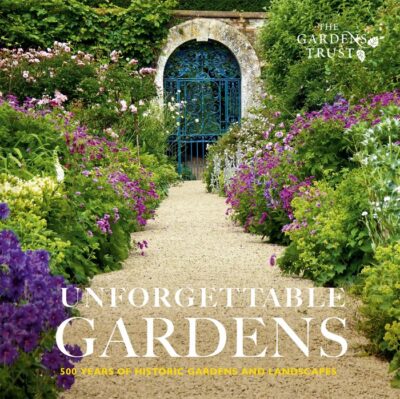When I was asked to review Unforgettable Gardens, 500 Years of Historic Gardens and Landscapes, edited by Susannah Charlton (Batsford, 2024), my immediate thought was that I would be going on a journey down memory lane to the various gardens and landscapes I have travelled through in visits to the United Kingdom. I was not disappointed: old favourites are there, Munstead Wood, Great Dixter, Hidcote Manor, Beth Chatto Gardens and many more. However, this book offered much more.
The United Kingdom has, I believe, the finest collection of historic parks, gardens and cultural landscapes in the world. The Gardens Trust has compiled a collection of some of the most significant of these: stately estates such as Hampton Court, Drummond Wood, Chatsworth, Powis Castle, as well as private gardens, including Denman’s Garden and Little Sparta. In total, 56 significant gardens and landscapes are included in this wonderful book.
In order to give Unforgettable Gardens context, I need to acknowledge the Gardens Trust of the UK. The Trust was formed 10 years ago when the Garden History Society UK (1966) and the Association of Country Gardens Trust were merged. Today, the Gardens Trust works in association with 36 County Gardens Trusts spread across England, the Welsh Historic Gardens Trust and Scotland’s Garden and Landscape Heritage, to help protect historic parks and gardens in the United Kingdom. Sound familiar?
In 1983, the British Parliament created a Register of Historic Parks and Gardens of Special Significance in recognition that such gardens are a fragile, finite resource. The Register came in response to a campaign persistently and valiantly fought by the Trust’s predecessors. Today it contains more than 1,700 sites. To celebrate the 40th anniversary of the first entries to the Register, the Gardens Trust has curated this delightful compilation of some of the UK’s best gardens and significant landscapes.
The book is enriched with commentary by 48 historians and garden experts, who provide fascinating insights into the establishment and evolution of the gardens and landscapes. The photographs set the scene as one meanders through the pages looking for the next gem of information, such as the grandest, best preserved and most important 16th-century garden in Britain: St Donats Castle, Glamorgan, created by Sir Edward Stradling (1529-1609).
Also examined is the impact of the English Civil War on garden design, which resulted in a new approach to British gardens, with preference for symmetrical design and an emphasis on utility. The evolution of the Physics Gardens in Britain is also documented; the first was established in Oxford in 1621.
Of course, not every significant garden could be included but the book does offer an easy introduction to 500 years of garden history of the Great Britain. From the earliest records still available of 16th-century gardens to present-day gardens, this book is a joy to immerse oneself in. The format is set out in centuries, each with an overview of the period and discussion of the fads and fancies of the time. Short essay-style text accompanies the colourful photographs. And so it is possible to explore layers of gardening history from the comfort of one’s armchair. The book is easy to hold and the text a good readable size.
For those who want more information about these amazing gardens, there is an extensive further reading list, and backgrounds about contributors to the book. Not all of the gardens in this book are historic; the Trust has included several contemporary gardens to make the point that new gardens of today can be historic gardens of tomorrow.
I trust you will enjoy your journey through 500 years of unforgettable gardens. I congratulate the Garden Trust for their commitment and diligence in caring for these ‘living antiques’ for future generations.


